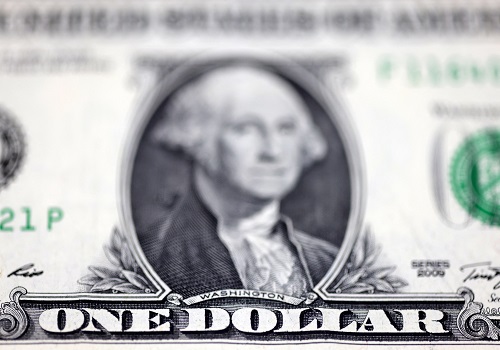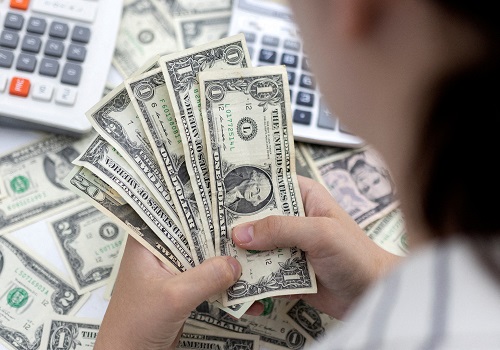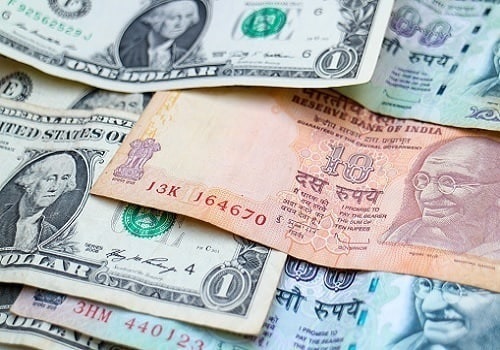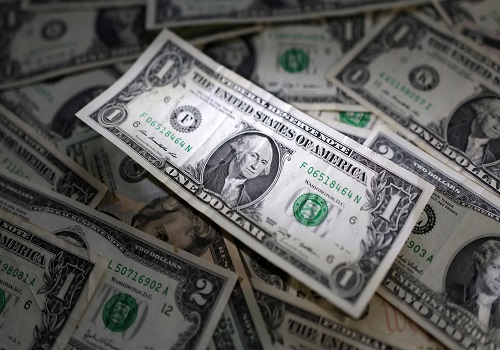Dollar steady after producer prices push back on Fed rate cut outlook

The dollar retreated on Friday amid concerns about the strength of the U.S. economy after higher-than-expected producer prices raised expectations that the Federal Reserve will desist from cutting interest rates until at least the middle of the year.
The rise in producer prices reported by the Labor Department was the largest in five months and followed a hotter-than-expected report on Tuesday for consumer prices last month.
But data on Thursday for U.S. retail sales in January showed the sharpest drop in 10 months, giving some in the market pause as the report suggested slowing momentum in consumer spending as sales were revised lower in November and December too.
"The FX side of things tends to focus on the fact that there's still somewhat of a question mark when it comes to real activity in the U.S. economy," said Bipan Rai, North American head of FX strategy at CIBC Capital Markets in Toronto.
The currency market's paring of gains was "a bit of a bizarre reaction," Rai said. It also might be positioning ahead of the long U.S. holiday weekend and a divergence with the Treasury market of how to interpret the economic data, he said.
U.S. markets will be closed on Monday for the Presidents' Day holiday.
The dollar index, a gauge of the greenback's value versus six major currencies, was on track for a fifth straight week of gains. It last rose 0.01% to 104.26, and was up about 0.12% for the week.
Fed funds futures have priced in just a 10.5% chance of a rate cut in March and 33.7% odds of easing in May, according to CME Group's FedWatch Tool. At the beginning of the year odds that the Fed would cut rates in March were 79%.
The yield on two-year Treasury notes, which typically moves in step with interest rate expectations, rose 9.1 basis points to 4.659%.
The resilient U.S. labor market, stronger-than-expected economic growth and the inflation data indicate the dollar could be higher than it is, said Eugene Epstein, head of structuring for North America at Moneycorp in New Jersey.
"I just see sideways trading or a slow grind higher for the dollar as a more likely scenario," Epstein said.
The euro rose 0.04% to $1.0775, while the yen weakened 0.22% to 150.23 per dollar.
The yen has touched 150 the last few days, putting the market on high alert to a possible intervention by Japanese authorities to weaken the yen.
The Japanese currency, which is highly sensitive to U.S. rates, is down 6.5% against the dollar this year as investors pare back their expectations of the Fed cutting rates.
A separate report showed that U.S. single-family homebuilding dropped in January, likely due to harsh weather, but a rise in permits for future construction suggested a rebound is likely in the coming months.
Single-family housing starts, which account for the bulk of homebuilding, dropped 4.7% to a seasonally adjusted annual rate of 1.004 million units last month.
The U.S. consumer sentiment survey was also released on Friday, but the currency market showed little reaction.
U.S. consumer sentiment was little changed in February while one-year inflation expectations inched up.
The University of Michigan's preliminary reading on the overall index of consumer sentiment came in at 79.6 this month, compared with 79.0 in January. Economists polled by Reuters had forecast a preliminary reading of 80.0.
The survey's reading of one-year inflation expectations edged up to 3.0% this month from 2.9% in January.





















